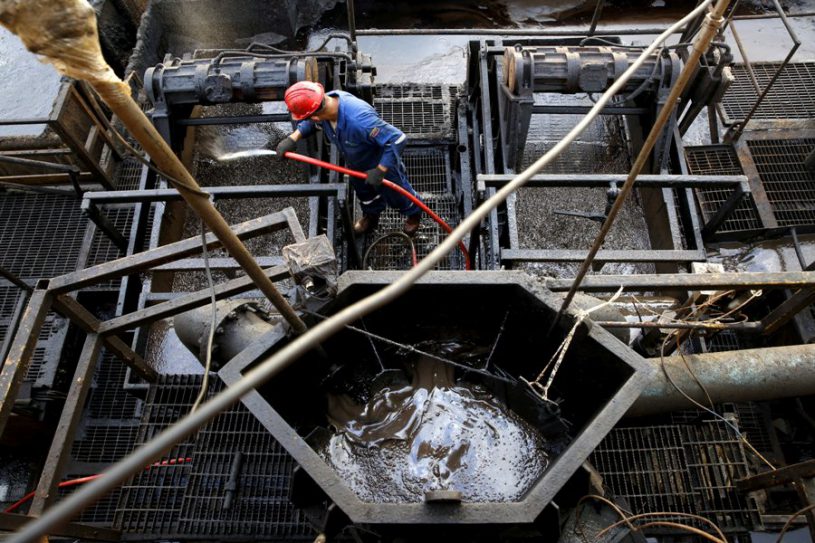OPEC anticipates further increase in Indian oil imports
OPEC members and other producers must adapt to the changing market dynamics due to the "redirection" of trade flows since early 2022, said OPEC Secretary-General

OPEC is set to gain a larger share of India's oil imports in the coming decades due to the proximity of its supplies, said the head of the producer group, after its dominance was recently eroded by competition from discounted Russian crude.
The share of crude from the Organization of the Petroleum Exporting Countries (OPEC) imported by India decreased from nearly 65% in 2022 to 50% last year, according to industry data, after New Delhi became the largest buyer of Russian crude transported by sea following Moscow's invasion of Ukraine.
OPEC members and other producers must adapt to the changing market dynamics due to the "redirection" of trade flows since early 2022, with more Russian oil supply to India and other places in Asia, said Haitham Al Ghais, OPEC Secretary-General, in an email response to Reuters' questions.
"Middle East OPEC producers remain ideal suppliers to the Indian market, given their proximity. It's a perfect match between supplier and consumer, and profitable for all parties," Al Ghais said, adding that he sees a greater role for OPEC members in India beyond crude.
OPEC supplied 54% of the oil imported by India in January, according to industry sources.
"We expect levels to continue increasing in the coming decades as India's economic development continues," Al Ghais said, adding that "many" national oil companies of OPEC members plan to invest in India's refining sector.
India plans to expand its refining capacity to 9 million barrels per day (bpd) by 2030, up from the current 5.02 million bpd.
According to forecasts by the International Energy Agency, India - the world's third-largest importer and consumer of oil - will be the largest driver of global oil demand growth until 2030. OPEC expects Indian demand to more than double by 2045, reaching 11.7 million bpd.